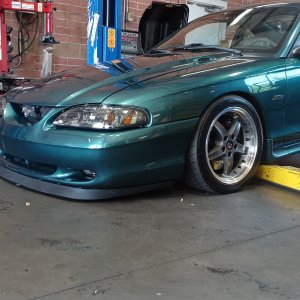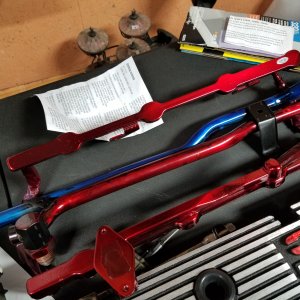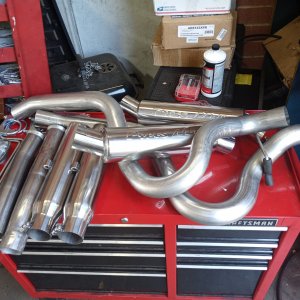Here you go: an example. Using the Bridgestone's, the RE760 Sport (used Tirerack.com as source for data):
245 width; 7.5" - 9" rim widths --> measured on a 8" wheel, you get a section width of: 9.8"
275 width; 9" - 10.5" rim widths --> measured on a 9.5" wheel, you get a section width of: 10.9"
So, we can see, using a larger tire, on a larger wheel, gives a larger section width, which means a larger tread width, which means more tire on the ground.
Now, for that guy using a 8" on the 275:
Going down .5" in rim width knocks about 0.20" off the section width. So, on the 275, measured rim was 9.5", dude has 8", so that's -1.5", which is 3 jumps down, so -0.60" off on the section width (3 * 0.20).
Which means the 10.9" section width on the 275 is really around 10.3" (10.9" - 0.60). So okay, 10.3" > 9.8" (from the 245 tire). But consider: you are now running your tire out of spec, it's bulging a lot so squishy sidewalls (but I guess you'd get a better ride out of it?), you are paying for 275's, and this is a back-of-the-napkin comparison of a 275 tire vs a 245 - you would think the 275 would be much, much wider. Well, it's not - when you run too small wheels. So run a tire that fits. You're car will perform better, and your wallet will thank you. If you want t3h meats, get a wheel to support it.










